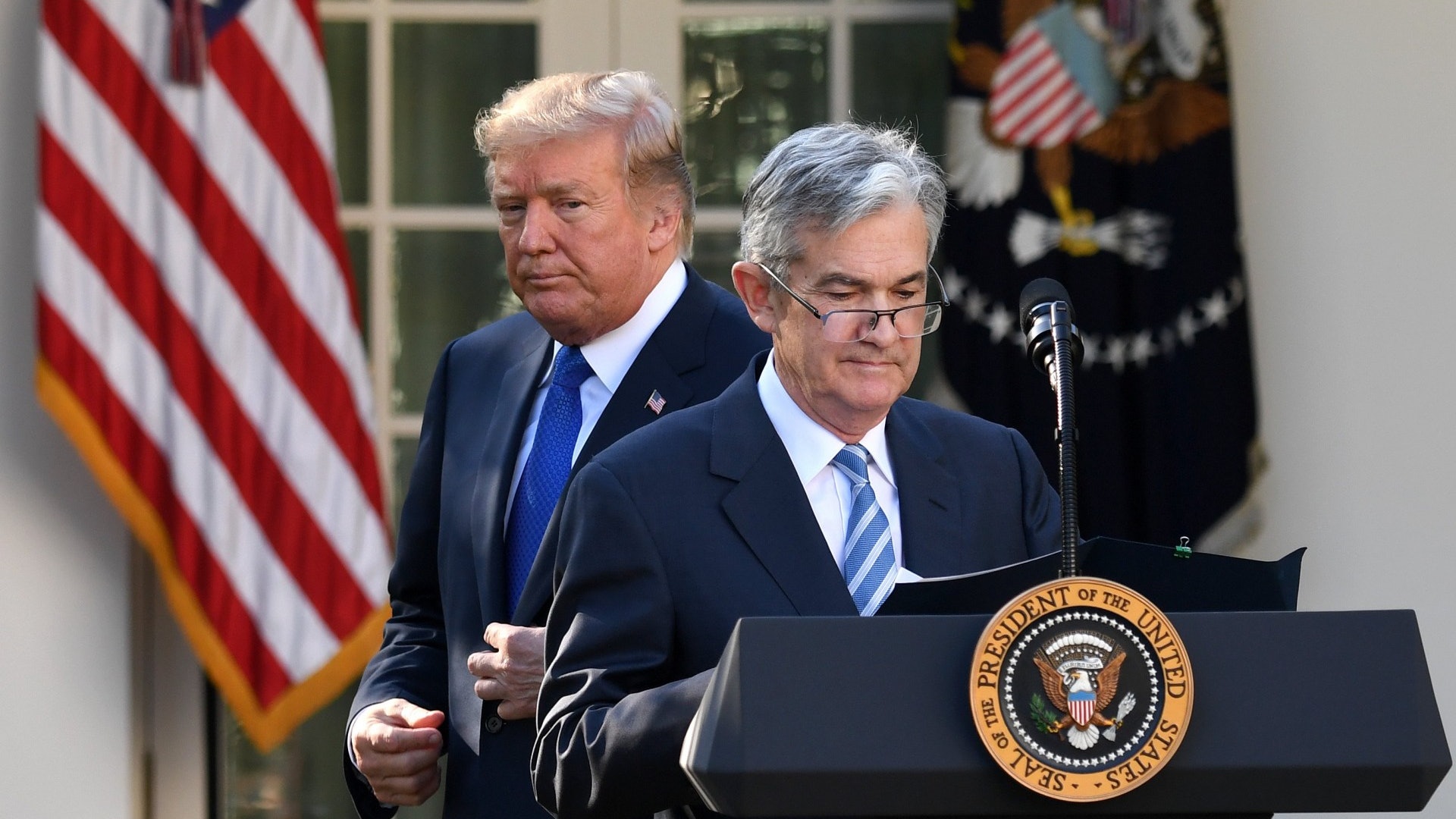This month, the Federal Reserve will hold a meeting on interest rates. The market generally believes that the Fed will cut interest rates by 25 basis points, but interest rate cuts are gradually eroding the Fed’s monetary policy space. Once the economy declines, the consequences are unimaginable.
According to the latest report on the economic situation released by the Federal Reserve Board, from July to late August 2019, the overall US economy expanded moderately and the price level rose slightly. However, Fed officials still have differences on the meeting on interest rates at the end of September. Under the premise that the interest rate reduction can be determined, there is a possibility of a one-time interest rate cut of 50 basis points. Once the Fed cuts interest rates, it will inevitably trigger a chain reaction of central banks’ monetary policies. Whether the global monetary easing is stimulating for weak economic growth is still unknown.
The Fed cut interest rates
The latest Chicago Mercantile Exchange (CME) monetary policy forecasting model, “Fed Watch,” shows that the probability of the Fed cutting interest rates by 25 basis points in September is 93.5%, and the probability of maintaining the current interest rate is 6.5%. Many Fed officials have publicly stated that interest rate cuts are to prevent a possible recession.
The mainstream market expects the Fed to cut interest rates by 25 basis points at the interest rate meeting on September 17-18. It seems that the Fed’s interest rate cut is only a matter of time, but Fed officials are clearly divided on the rate cut. James Bullard, president of the Federal Reserve Bank of St. Louis, said in a media interview that the Fed should cut interest rates by 50 basis points in a two-week interest rate meeting to prevent the impact of global trade wars. Expectations of interest will also push up the US stock market. This view seems to fit quite well with the wishes of US President Donald John Trump.
If the Fed cuts interest rates, it will probably trigger the global central bank’s monetary policy to follow. After the Fed announced interest rate cuts in July, more than 30 countries and regions around the world have followed interest rate cuts, and a few countries such as Brazil have cut interest rates twice. According to the BIS dynamic monitoring data of 38 central banks around the world, since 2019, the global monetary policy decision-makers have achieved a total interest rate reduction of 13.85 percentage points. The Argentine central bank was not included in the calculation because of the different ways of managing money supply. Assuming that the central banks maintain the current pace of relaxation, there may be 58 interest rate cuts in the next year, with a total interest rate cut of 16 percentage points.
In the face of the tide of interest rate cuts, any disagreement seems to be somewhat out of place. Eric Rosengren, president of the Federal Reserve Bank of Boston, is in opposition to Brad. He believes that current US consumption and employment are relatively stable and prices are stable. Therefore, the Fed does not need to take any action, and the space is limited until the interest rate drops to zero. Therefore, “I don’t want to use such a valuable policy space.”
Monetary policy is not a panacea
The Fed’s interest rate cuts prompted global central banks to adopt loose monetary policy. However, trade protectionism is prevalent, and trade frictions between countries have added to the fragile global economy.
Not only for China and the United States, among the world’s major economies, Eurostat data show that the European Union’s 28 economic socioeconomic index has continued to decline, from 115 in January 2018 to August 2019. 101.4. Among them, the retail confidence index and the service industry confidence index hit a new low in the past six years. In August, the final value of the Markit Manufacturing Purchasing Managers Index (PMI) in the Eurozone rebounded from last month, recording 47, but it is still at a six-year low, significantly lower than the glory line (50). The degree of manufacturing in the euro zone has been in a contraction zone for seven consecutive months. On the other hand, the Brexit plot in the UK has also made the market mood turbulent.
Faced with the turmoil in the international situation, increased trade frictions, and slowing of domestic economic growth, countries have cut interest rates. But the monetary authorities’ policy makers should know best that monetary policy is never a panacea. Monetary policy tends to be effective when it is tightening, but the stimulus to the economy when it is relaxed seems to be “incapable”.
Significant interest rate cuts caused investors to worry about recession
Jiang Chao, chief analyst of China Haitong Securities, believes that the Fed’s sharp interest rate cut will make the market think that the economy is in a recession. As expectations change, the market will curb consumption and investment behavior and further aggravate the economic recession. In the 12 interest rate cuts of the past 60 years, there were only two recessions, one recession did not appear immediately, and the other nine were economic recessions immediately after the interest rate cut.
Based on the Federal Reserve’s current federal funds rate of 2% to 2.25%, each time the interest rate is cut by 25 basis points, it is only enough to support 8 interest rate cuts. After the 2008 financial crisis, the Fed rate dropped from 5.25% all the way to 0. Compared with then, the current policy space is seriously inadequate. The effectiveness of the quantitative easing (QE) policy introduced after the exhaustion of the monetary policy space is also gradually decreasing. In the nine years since QE started, the US economy has entered the expansion range, but compared with the annual economic growth of 4% after the financial crisis, the subsequent average annual economic growth has only reached 2%. The third round of QE has not yet reached inflation.












